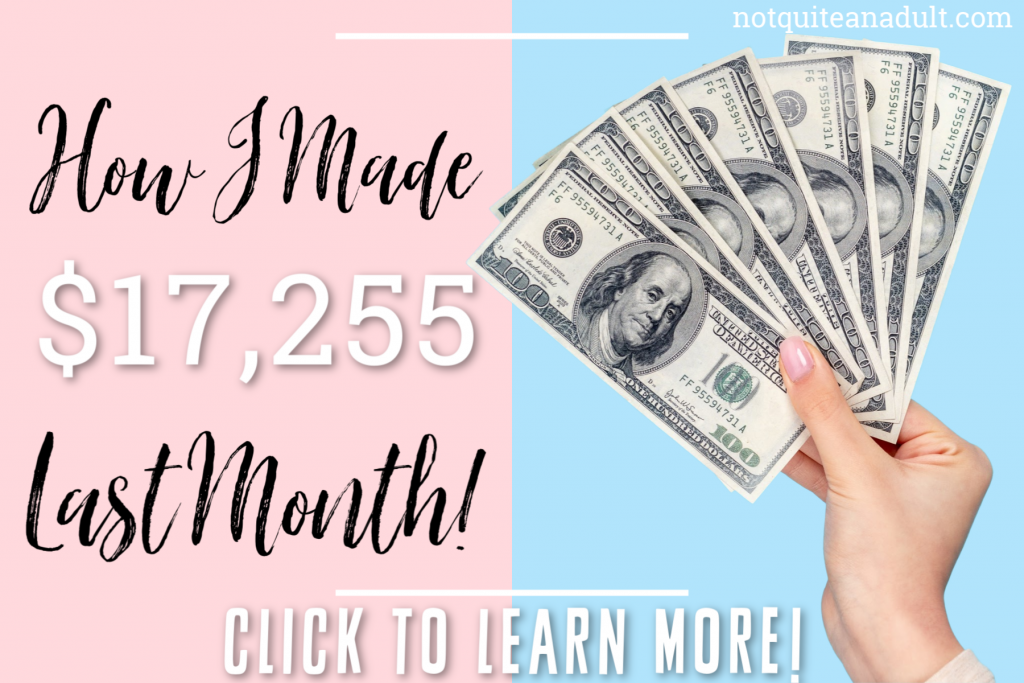You are always told to do SEO for your blog or website.
The problem: search engine optimization is always presented as a science. As something very technical. So complicated.
But that’s only part of it:
You can get thousands of visitors a month on Google, even if you’re a complete amateur. And that without even getting close to a keyword.

Table of Contents
1. Write Epic Masterpieces
Write articles of at least 1,000 words. Better still, more.
Google likes long, detailed articles. Long articles often rank higher than short ones. There are four reasons for this:
- Long articles naturally cover more keywords (even if you don’t explicitly try to include them). The longer the article is, the more food is there for Google.
- Longer articles also cover more search intentions and are more likely to solve the questions or problems of search engine users.
- They are more likely to attract backlinks than short articles.
- They are shared more often
But be careful!
Your blog entries should not end up looking like a cheap copy of Wikipedia. Quantity should not come at the expense of quality.
Search engine users will then leave your blog article as quickly as they visited it – and your ranking will drop due to negative user signals.
Don’t just write long articles that answer a lot of questions about a topic. Save yourself unnecessary definitions of terms and tons of FAQs that nobody is interested in.
Answer the questions that are really important. Pay attention to the needs of your target group. Stimulate your emotions. Tell a story. Don’t keep your best advice to yourself.
Make every blog post an epic masterpiece!
Tip: Take the time to make each post as good as possible. Don’t try to write one post a day or multiple posts a week. You may only be able to create one or two epic blog posts per month. But that doesn’t matter.
2. Structure Your Blog Posts
Be honest. How many blog entries will you read by the end?
Probably a few.
The main reason often is a boring writing style. The second most important reason is the format and structure of your blog posts.
Long, nested sentences take away from the joy of reading.
You should pay attention to these 10 points in your articles:
- Subtitle your blog articles with h2, h3 etc.
- Use numbered lists, enumerations and tables.
- Write shorter paragraphs and sentences
- Add images, videos, audio files, or other media to your blog entries
- Add a table of contents
- Use italics and bold font sparingly (mark paragraphs instead)
- Give your readers the structure you promise in the title (if you promise a “7-step” guide, give them a numbered 7-step guide)
- Not too small, not too big
- Font should be readable on any background colour
- Sufficient line spacing
If you follow these tips you will not only make your readers happy, you will also make Google happy.
If you write well structured and readable articles, you will be 80% ahead of your competitors in the search engines.
Google also rewards good structure with a better presentation in search results, for example with links to websites below the meta description.
3. Focus On These 6 Types Of Articles
Accept it now:
People are not interested in you. People are only interested in their own goals and problems.
A person who enters a search term in Google wants to know, learn, do something, or has a problem for which they are looking for a solution.
So solve their problems and help them achieve their goals!
And write the 6 types of blog posts that do just that:
- Articles and guides:
Latest guide to low-fat nutrition, the 10 top tips for New York,etc. - Tutorials and guides
How to make dough yourself, how to install WordPress in 5 minutes - Test and experience reports
- Product comparison
iPhone 8 Plus vs. Samsung Galaxy S8, top 3 kids’ backpacks - Recipes
- Knowledge articles and encyclopedia
If you write more articles of this kind, you will get more visitors through Google.
Even if you do not bother to choose keywords.
4.Network By Linking Your Posts
It does not matter how good your blog is. No matter how brilliant and epic your blog posts are, for good positioning you need backlinks.
If you don’t have them, your articles will stay on the second or third page of Google forever.
But there is one problem:
How can you get backlinks if nobody knows you and your blog?
The answer is simple: other bloggers in your niche.
There are no better and more relevant backlinks than those from other bloggers writing about similar topics than yours.
5. The Right Strategy To Link With Others
There is a good outreach and a bad outreach.
The bad one is to send thousands of emails to other bloggers and ask them to link their article, no matter how great it is.
Please do not do that.
How can you get backlinks if nobody knows you and your blog?
Begging for links, or other forms of attention, is always a bad strategy.
If you want to get someone’s attention, you must do this first:
Give, give and give again!
These strategies have proven to be successful in getting attention:
- Link to the blog entries of other bloggers
Keyword: content preservation. - Share the posts of other bloggers on Facebook or Twitter
Don’t forget to tag them! - Organize or participate in blog parades.
- Comment on other blogs
Add your own experiences and other useful tips to a blog post with your comment, please without a link to your own post! - Offer your help.
- Suggest places for guest posts or become a guest author on another blog.
- Ask other bloggers if you can interview them.
- Write compilations of the best blogs in your niche.
6. Choose Your Partners Wisely
Another important piece of advice.
Make a list of 10 to 20 bloggers you’d like to work with.
Make sure they fit in well with your target audience and focus on building long-term relationships with them.
Don’t write a guest post or comment and then drop it.
Build a small network of bloggers who support each other.
This way you will not only regularly receive new links, but also new acquaintances, new perspectives, new motivations and maybe even new friends.
7. Install Plugins
Google doesn’t like slow websites and you readers don’t do either.
WordPress has a caching plug-in, and it is very important to use this, because without it your blog will be annoyingly slow.
It’s easy to set up:
Install the Cache Enabler plugin, activate it, and that’s it. No configuration necessary.
Your website should not take longer than 2 seconds to load. If it still needs that much time it is wise to go further to solve the problem.
Cache Enabler is a free, very fast caching plugin, which is worth to try out, even if you already have another caching plugin.
Final Thoughts:
If you follow the above-mentioned tips you will see great results.
However, combining them with technical measurements will give you even greater results.
Add the following strategy:
- Search, optimization and tracking of keywords
- Optimization of the loading time
- The use of the rich snippets
- Optimization for different browsers, terminals and resolutions
- Avoid technical errors, such as broken links or 404 errors.
- Conversion to HTTPS
- The use of short permanent links and a clear structure of the website
- Descriptive file names and alt tags for images
- Internal links to articles within your blog
Use this article to get motivated and take the first step and finally start with SEO!




Leave a Reply